Feds Charge Mexican-American With Trying To Arm ISIS Via Undercover FBI Agent
The FBI has arrested a 21-year-old Texas resident and charged him with attempting to provide material support to a foreign terrorist organization -- namely, ISIS. Depending on their level of faith in domestic counter-terror enforcement, some observers will applaud the news unquestioningly, while others may wonder if it's another situation where the man in handcuffs wouldn't have progressed to criminal action without police encouragement and assistance.
That man in custody and facing up to 20 years in federal prison is John Michael Garza, a 21-year-old resident of Midlothian, Texas, a town about 25 miles southwest of Dallas. As is so often the case when the feds announce the foiling of a US-based terrorist plot, Garza didn't actually get in touch with ISIS, but was instead maneuvered into engaging with undercover police and federal agents posing as terrorists.
Garza's father tells NBC 5 that his son has been diagnosed with a neurological disorder, and never expressed pro-ISIS sentiments. He says authorities preyed on his impaired son, pushing him to take actions he'd never have taken of his own volition.
 Garza's father says his son has a diagnosed neurological disorder and wouldn't have tried to aid ISIS without undercover cops' encouragement (photo via NBC 5)
Garza's father says his son has a diagnosed neurological disorder and wouldn't have tried to aid ISIS without undercover cops' encouragement (photo via NBC 5)
Garza was arrested last week, but the case began in mid-October, when a "New York police employee" (as the DOJ release describes the person) came across Garza's social media account, and noticed that he followed several pro-ISIS accounts, and commented on one post by such an account. Next, that NYPD undercover contacted Garza via social media. After describing himself as a Mexican-American in Texas, Garza engaged with the undercover throughout November and December. He said he ascribed to ISIS's philosophy, and sent the undercover various official ISIS media releases.
Garza also sent the uncover person "small amounts" of cryptocurrency -- allegedly with the understanding that he was helping ISIS buy weapons and other supplies -- and allegedly sent a video of a suicide vehicle-bombing and another giving instructions on creating explosives. He's also alleged to have explained how to mix explosive ingredients and surround them with nails. Next, the FBI says, Garza said he intended to buy bomb components, and agreed to meet with another person whom he believed to be an ISIS follower too. That meeting with an undercover FBI agent took place on Monday, Dec 22, with Garza allegedly handing over what the FBI describes as "several explosive components." The release doesn't specify if that was more than, say, nails and a PVC pipe.
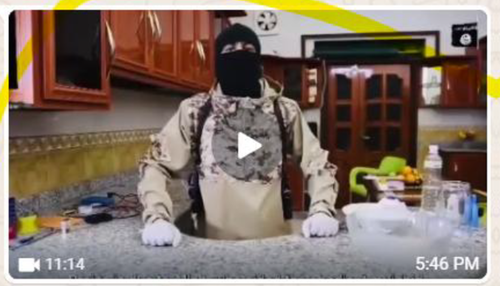 Bombs on the menu: Garza allegedly shared this bomb-making instructional video (not his own work) with undercover law enforcement (DOJ)
Bombs on the menu: Garza allegedly shared this bomb-making instructional video (not his own work) with undercover law enforcement (DOJ)
FBI Director Kash Patel proclaimed victory:
“Today’s announcement underscores the FBI’s commitment to combatting terrorism and demonstrates our continuous work to disrupt and thwart terrorist plots against the American public. Let this serve as a warning to those who plan to conduct attacks against the United States on behalf of terrorist organizations – you will be brought to justice.”
More details should come out with a Dec 30 probable cause and detention hearing at the US District Court for Northern Texas. While Garza may have someday taken deadly action on his own, for now, the pivotal roles played by undercover NYPD and FBI agents can't help make us wonder if the case can be summed up with this classic meme:
Tyler Durden Tue, 12/30/2025 - 16:40

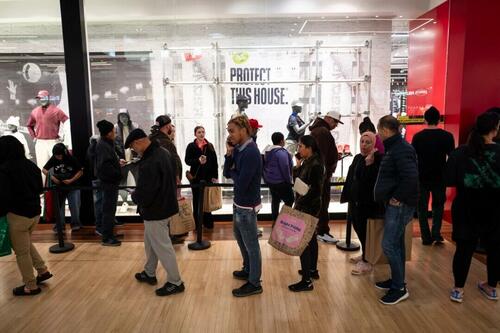
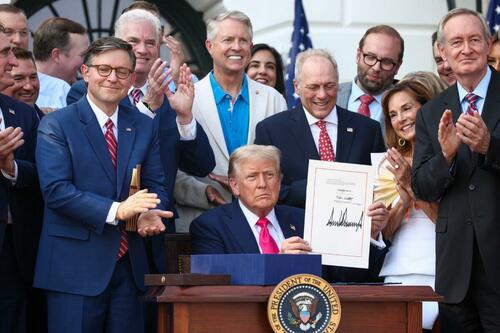
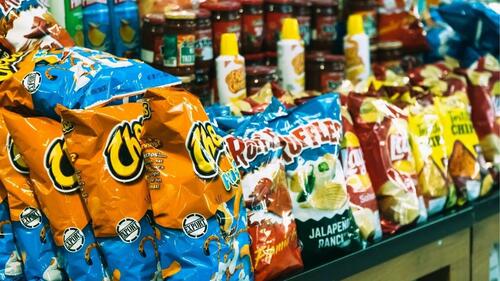
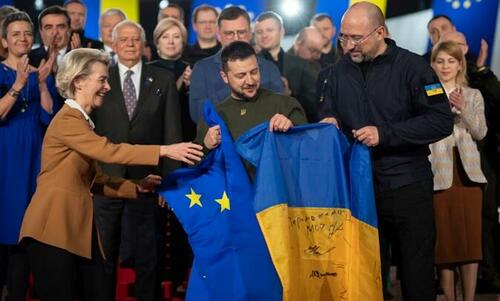


Recent comments